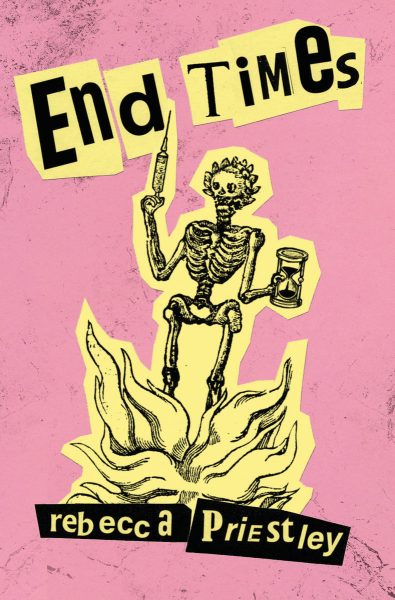Thief, convict, pirate, wife: The many histories of Charlotte Badger

“As soon as we die, we enter into fiction,” said the late English writer Dame Hilary Mantel. “Once we can no longer speak for ourselves, we are interpreted.” In the case of transported late-18th-century English convict Charlotte Badger, both the fiction and the interpretation have been prodigious.
The known facts are few. Born in Bromsgrove, Worcestershire, Badger was sentenced to seven years’ transportation for the theft, in 1796, of “four guineas and a Queen Anne’s half-crown” from the house of Benjamin Wright—a man who may have been her employer. After four years in jail, she was shipped out to the penal colony of New South Wales. She then reappears in the records aboard the colonial brig Venus, fetching up in the Bay of Islands in 1806. She made a return trip to New South Wales, via Norfolk Island, the following year, and in 1811, aged 33, she married 48-year-old army veteran Thomas Humphries at St Philip’s Church in Sydney, which one guidebook described as “the ugliest church in Christendom”. In 1843, after years of apparent calm, she had one last entanglement with the law. Charged with stealing a blanket, Badger was acquitted, after which she fades from view.
Ever ready with a telling phrase, Mantel defined history as “what’s left in the sieve when the centuries have run through it—a few stones, scraps of writing, scraps of cloth”. In Thief, Convict, Pirate, Wife, Jennifer Ashton manages to do the seemingly impossible: from the slightest of marks left by Badger, she crafts a compelling story.
In common with others of her social class, Badger mostly came to official notice when she transgressed. No letters of hers have survived—it is unlikely that any were written, given that she signed the church marriage register with a cross. She had no important friends or acquaintances to record her eccentricities or witticisms for posterity, and she did nothing of note. Unless you count mutinying and taking control of the Venus. The Dictionary of New Zealand Biography repeats a fanciful story that while at sea in the brig she dressed as a man, and “armed with a pistol, flogged the captain and conducted a raid on another vessel to obtain supplies and weapons”. Another version: she incited the male convicts aboard to do the rebelling. While admitting that her fate was not known, the Dictionary also offers the possibility of a “very corpulent” Badger reaching Tonga in 1826 with an eight-year-old girl in tow, perhaps en route to the United States.
Ashton will have none of it. She turns such stories to good use, though, as examples of how the past is embroidered, distorted, redacted, or amplified to suit present needs and according to shifting notions of what history actually is. And it is certainly exhilarating to see how Badger shape-shifts her way down the years, in historical accounts, but also in novels, plays, songs, and exhibitions.
In reconstructing Badger’s life, Ashton was obliged to write a different sort of biography. “We have to abandon our desire to understand her thoughts and feelings and focus instead on the wider meaning of her life,” she writes. “When we do, we enlarge the ways in which we can understand the past as well as the practice of historical writing.” Mantel would have approved.

















